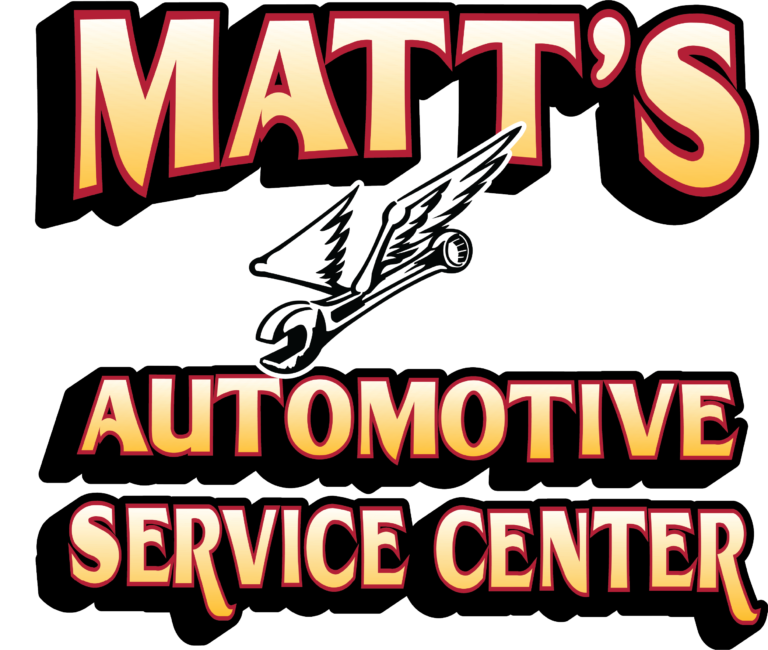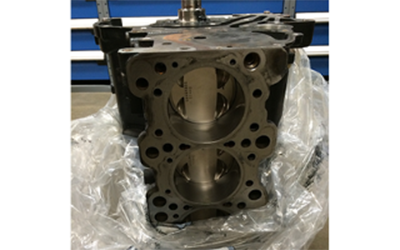In our last post we covered the main function of the engine, which is to create the spinning motion. We also touched about the combustion chambers and the crankshaft. We talked a little bit about the role of the pistons, and today we’ll go a bit deeper on that piece as well as the rings that go with and the main bearings.
So going back to the crankshaft, it spins pretty quickly, and it has to be able to rotate while staying connected to the block – this is the job of the main bearings. They’re these little, almost-round, really smooth straps. They balance the crankshaft so that when it spins at lightning speed, it doesn’t shake apart.
A piston itself is kind of like an empty soup can…just upside down. It’s got ridges at the top for rings, (more on those in a minute), and a couple holes in the side for a pin to go through. That pin goes in one side, through a hole at the top of a connecting rod, and out the other side. The connecting rod moves similar to the ringer of a bell.
And check this out – the piston isn’t even a perfect circle! It’s manufactured into an oval, because once it gets hot, it expands into a circle. This is one of many reasons why the engine of your vehicle needs to be good and warm before you drive it!
Now, the outside of a piston won’t ever touch the wall called the connecting rod, (con rod for short), because it connects the piston to the crankshaft. It sits at a bit of an angle so that when the explosion happens in the combustion chamber, (remember that part?); it moves to the side to begin that spinning motion previously covered.
There are usually 3 or 4 rings on the outside of a piston, (like bracelets)! The top rings, (called compression rings), provide a really strong seal – this is what contains the explosion from above. The bottom rings, (called oil rings), wipe any extra oil coming from below off the walls of the cylinder. Think of the rings this way: compression rings keep the fire in, oil rings keep the oil out.
So moving downwards from the combustion chamber is the cylinder, which surrounds the piston rings, which are connected to the piston, which is connected to the connecting rod, which is connected to the bearing, which connects the whole big thing to the camshaft where the spinning begins. Whew!
If you need some help with your engine request an appointment at either of our locations today.

